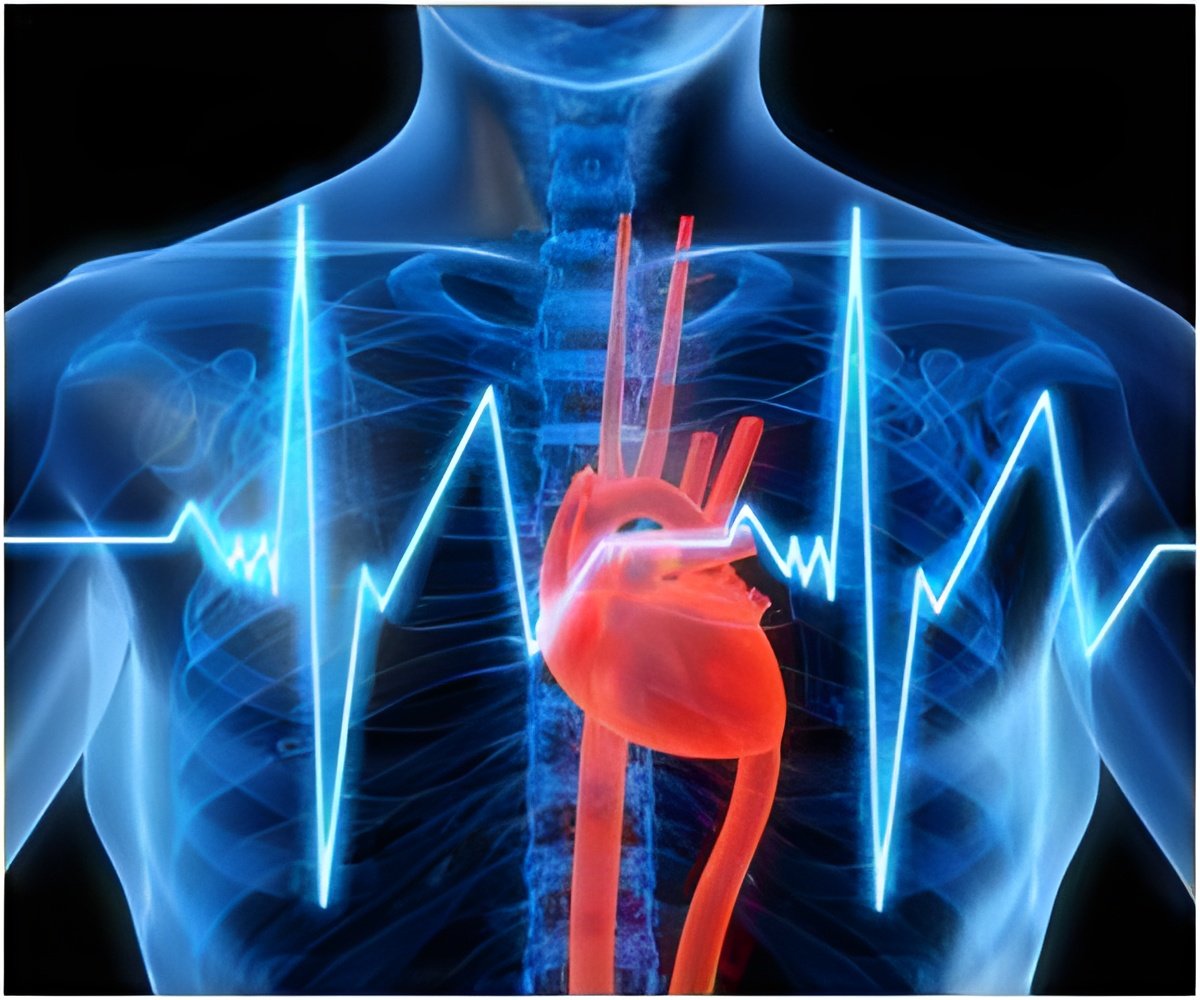
EETs (or epoxyeicosatrienoic acids) are small fatty molecules, part of a larger family of lipids normally produced by the endothelial cells that line blood vessels to control inflammation and the response to injury. These molecules are also potent regulators of blood pressure, leading pharmaceutical companies to investigate compounds that raise EET levels for the treatment of nearly 20 cardiovascular diseases, including hypertension, stroke, and diabetes.
However, little work has been done to learn whether these molecules themselves might have some role to play in tumor growth or progression. This is despite evidence that enzymes that process EETs are associated with cancer, and that EETs can promote angiogenesis – the growth of blood vessels.
"EETs have primarily been studied in models of cardiovascular disease," said the study's lead author, Dipak Panigrahy, MD. "This is the first time that direct administration of exogenous EETs and of specific EET antagonists has been investigated in pre-clinical cancer models."
In order to determine the extent of the relationship between EETs and cancer, Panigrahy and his collaborators conducted a series of studies using animal models of EET activity developed in the laboratory of Darryl Zeldin, MD, at the National Institute of Environmental Health Sciences, part of the National Institutes of Health.
"NIEHS was pleased to work with such a distinguished international research team to address this important issue," Zeldin said.
Advertisement
"Many people have dormant tumors that may never become fully malignant," said Panigrahy. "The switch from a dormant to an active state is critically dependent on angiogenesis, as is metastasis, and so patients who have a high cancer risk could potentially increase that risk further by raising their EET levels."
Advertisement
"Cardiovascular disease is a major cause of death in North America, and as such drugs that raise EET levels could provide significant benefit," says DF/CHCC's Mark Kieran, MD, PhD, one of the paper's senior authors. "We must be cautious, though, that in manipulating these molecules to regulate blood pressure we do not favor cancer growth and metastasis, another common cause of death.
"With these findings, though," Kieran continued, "we now have a better idea of how cancers drive themselves, opening up a new pathway for understanding and potentially treating cancer and metastasis that wasn't available to us before. At the same time, this data could potentially help inform the design of cardiovascular drugs that avoid raising cancer risk through this mechanism."
Source-Eurekalert

![Pulmonary Arterial Hypertension [PAH] - Symptoms & Signs - Causes - Diagnosis - Treatment Pulmonary Arterial Hypertension [PAH] - Symptoms & Signs - Causes - Diagnosis - Treatment](https://www.medindia.net/images/common/patientinfo/120_100/pulmonary-arterial-hypertension-pah.jpg)











